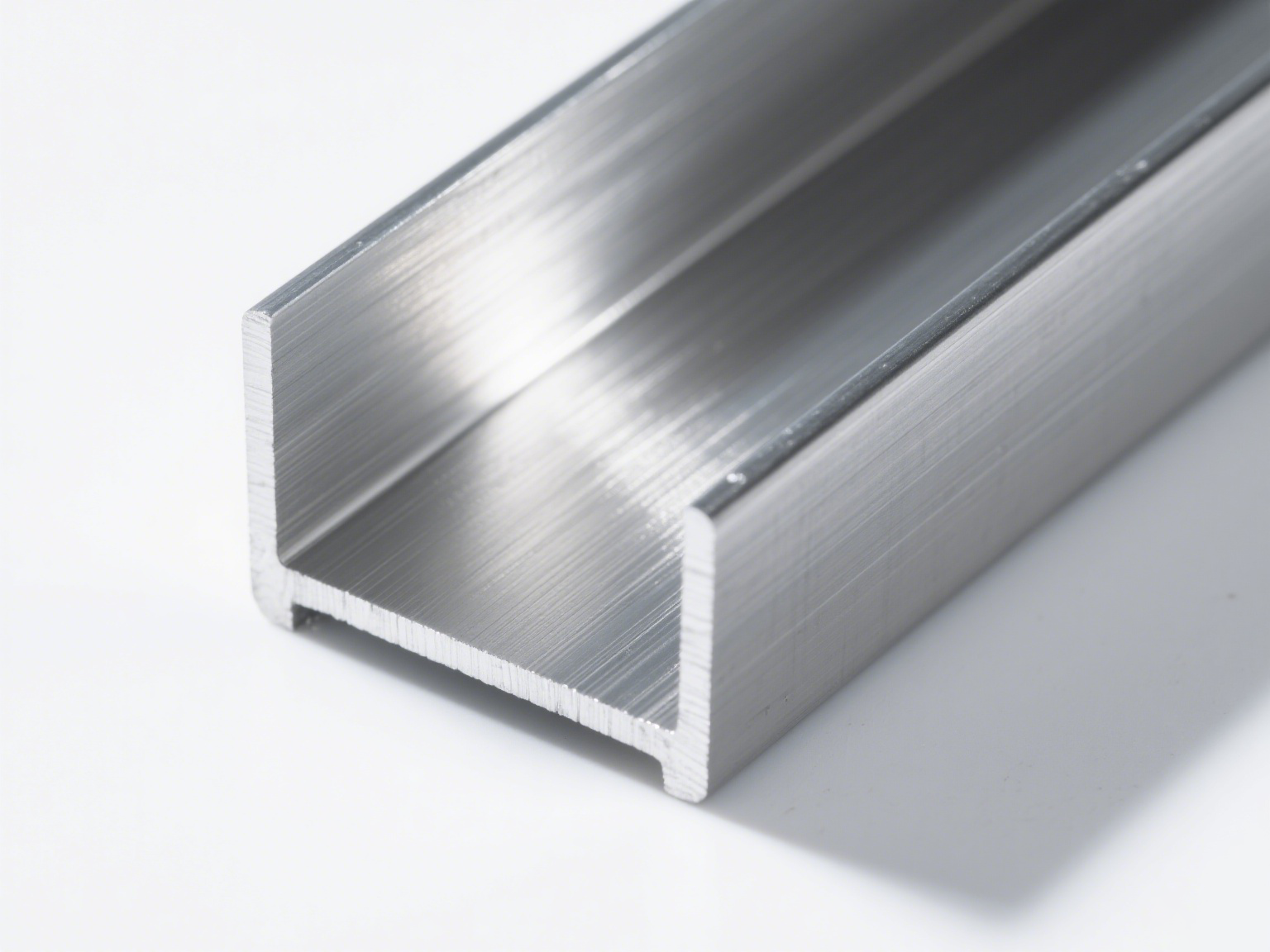Stainless steel channel bars are widely used in structural engineering, construction, industrial support systems, and transportation frameworks due to their excellent strength-to-weight ratio, corrosion resistance, and durability. Understanding the dimensions of these channel bars is crucial for proper selection and application in engineering projects. This article provides a comprehensive overview of stainless steel channel bar dimensions, covering standard profiles, measurement conventions, weight calculations, and customization capabilities offered by manufacturers such as BaoLi Iron & Steel Co., Ltd.


Standard stainless steel channel sections are typically defined by their height, flange width, web thickness, and leg thickness. These dimensions are standardized under international systems such as ISO, ASTM, and JIS. A common designation method includes expressing the section as “C” followed by three numbers—height in millimeters, flange width, and thickness. For example, C100x50x5 represents a channel with a 100mm height, 50mm flange width, and 5mm thickness.
One of the key advantages of using stainless steel channel bars is their resistance to oxidation and environmental corrosion—especially when compared to carbon steel equivalents. This makes them ideal for use in harsh environments, such as coastal construction, chemical processing plants, and wastewater treatment facilities.
BaoLi Iron & Steel Co., Ltd provides high-tolerance stainless steel channel bar profiles manufactured from grades including 304, 316, 316L, and 430, ensuring compatibility with diverse operational requirements. In addition to standard sizes, we offer custom-machined channels tailored to exact project specifications, supporting non-standard heights up to 400mm and thicknesses ranging from 2mm to 12mm.
| Designation | Height (mm) | Flange Width (mm) | Web Thickness (mm) | Weight (kg/m) |
|---|---|---|---|---|
| C50x30x3 | 50 | 30 | 3.0 | 3.84 |
| C80x45x4 | 80 | 45 | 4.0 | 6.21 |
| C100x50x5 | 100 | 50 | 5.0 | 8.59 |
| C150x75x6 | 150 | 75 | 6.0 | 14.10 |
| C200x90x8 | 200 | 90 | 8.0 | 22.29 |
The weight of each meter of stainless steel channel bar is calculated based on its cross-sectional area and the density of stainless steel (approximately 7.93 g/cm³). Engineers often rely on this data during load-bearing assessments and structural evaluations. At BaoLi Iron & Steel, all dimensional data is verified through precision laser gauging and certified inspection reports, ensuring full traceability and compliance with ISO 9001 quality standards.
Custom fabrication is a significant aspect of modern steel supply chains. Many construction firms and OEMs require unique dimensions that are not available in off-the-shelf catalogs. As a responsive manufacturer, BaoLi Iron & Steel supports full dimensional customization—including asymmetric flanges, modified internal radii, and specialty coatings. Our technical team collaborates directly with engineers to refine designs and optimize material usage, reducing overall project costs without sacrificing integrity.
When selecting a supplier, it’s important to evaluate not only dimensional accuracy but also logistics reliability and documentation quality. BaoLi Iron & Steel delivers globally with coordinated shipping schedules, mill test certificates (MTC EN 10204 3.1), and packaged goods suitable for maritime transport. Whether you’re sourcing small batches for prototyping or full container loads for infrastructure development, our platform ensures seamless fulfillment.
In summary, understanding the dimensional specifications of stainless steel channel bars is essential for performance, safety, and cost-efficiency. With our combination of standardized precision and scalable customization, BaoLi Iron & Steel remains a trusted partner in delivering high-performance steel solutions worldwide. For more details about available sizes or to request a quote for custom stainless steel channel bars, visit our product page at baoliironsteel.com.
Stainless Steel Channel Bar Dimensions Explained: From Standard to Custom Sizes — This article provides a practical buyer‑focused overview with specifications, selection tips, and on‑site considerations. Explore related topics: blog.
Key Specifications and Standards
- Standards: ASTM / EN / JIS (e.g., ASTM A240/A36, EN 10088/10025, JIS G4304/G3131).
- Surface options: 2B, BA, No.4, HL, mirror; galvanized (electro / hot‑dip).
- Processing: hot‑rolled, cold‑rolled, annealed & pickled, welded or seamless.
- Typical services: slitting, shearing, cut‑to‑length, drilling, beveling, deburring.
- Documentation: MTC, CO, packing list with net/gross weight and heat numbers.
Typical Applications
Construction, machinery, automotive, energy, enclosures and fencing, food equipment (for stainless), and general fabrication. Match grade and finish to corrosion, strength, and appearance requirements.
Selection Guide
- Use certified material with Mill Test Certificate (MTC).
- Confirm standards (ASTM/EN/JIS) and tolerances per drawing.
- Match surface finish to application (2B/BA/No.4/galvanized).
- Specify dimensions and acceptable deviation upfront.
- Plan packaging and corrosion protection for transit.
Processing, Packaging and Logistics
We adopt edge protection, waterproof wrapping, rust‑inhibiting paper, fumigated pallets, and strapping suitable for sea freight. Loading photos and weight lists are provided for each shipment.
FAQs
Q: What lead time can I expect?
A: Typically 7–15 days ex‑works for standard sizes; custom processing may extend the schedule.
Q: Can you provide cut‑to‑size service?
A: Yes. We slit, shear, cut, drill, bevel and deburr to drawing to reduce waste and speed installation.
Q: How do you ensure quality?
A: Incoming inspection, process control, and final inspection with traceable heat numbers; third‑party inspection is available.
Q: Do you support small trial orders?
A: We support pilot quantities with consolidated shipping to control cost.
All values are typical and for guidance only; confirm with the datasheet and purchase order before production.
Related products: view details.
Related products: view details.



